Apple
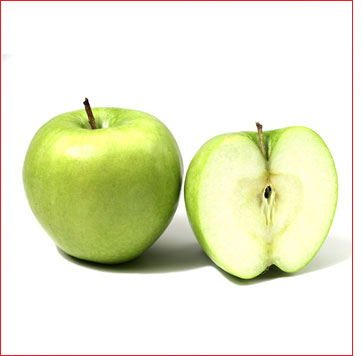
It is known that the apple is firstly seen in Black Sea region and its surroundings and it was spread to the other parts of the world from this region. Apple is mostly cultivated in European countries. For example; apples that are cultivated in Germany meets half of the country’s apple. Currently, there are 20,000 types of apples cultivated around the world. The types of apples are classified according to their size, taste, color and durability.
Today the apple growers in Germany are cultivating the former types of apples and marketing them to attract the consumers.
Apricot�
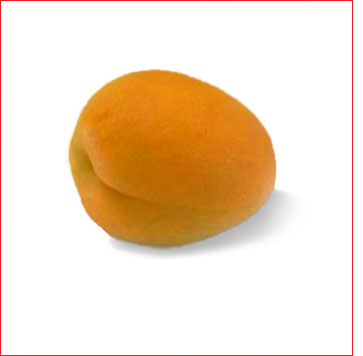
���The homeland of apricot is China. It is from the family of seeded fruits family. It is usually grown in hot climates and the harvest of apricot is between May and September. The apricots are rather round or oval and have a size of 4 to 8 cm. Their colors are light yellow, yellow, dark reddish.
The thing to be considered about apricots is that they should be picked from the trees when they become mature. Otherwise green apricots (raw) would be bitter and don’t become mature once they are picked. Dried apricots are also sold in markets.
���
Banana
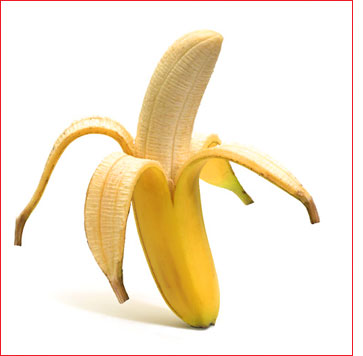
Banana’s homeland is India. While growing, the bananas tend to turn upwards to the sun. In each branch of a tree there are about 200 bananas. We can divide bananas into 2 groups as; bananas for cooking and bananas for eating. Yellow ones are for eating fresh; the red and the green ones are suitable for cooking. The bananas are brought to Europe when they are green and they are maturated in specially heated storages.
For example:
���
1-2 very green (hard to peel of and uneatable)
3-4 normal green (uneatable)
���
5-6 yellow (easy to peel of and highly available in markets)
7-8 very yellow (very mature and to be consumed quickly)
Bananas are maturated according to the system above and then spread to the markets.���
Cherry���
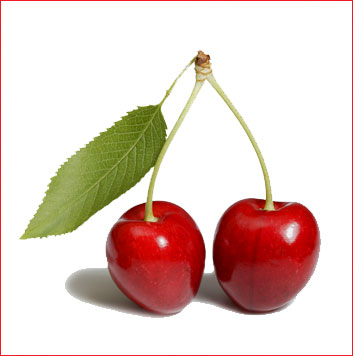
Cherry can be grown almost everywhere. It is a seeded fruit and can be found in the markets from May to July. It has white, dark red, light red types. Cherries are very fragile and that is why there should be extreme attention during their storage and packaging. It has two types, which can be classified as sweet (cherry) and sour (Morella cherry).
Date
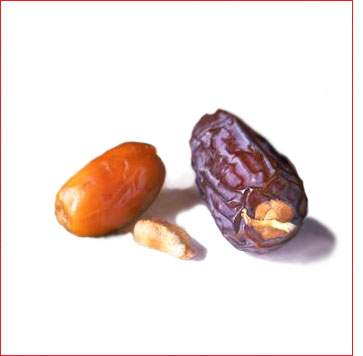
The homeland of dates is known to be Mesopotamia in various resources. Today, dates are mostly grown in Arabian Peninsula, Middle East, North Africa and southern and eastern Mediterranean coasts. In German market there is a very little demand fort his fruit and it is not very familiar to Germans and other Europeans. Most of the dates in Germany are consumed by foreign people living in this country���
Fig
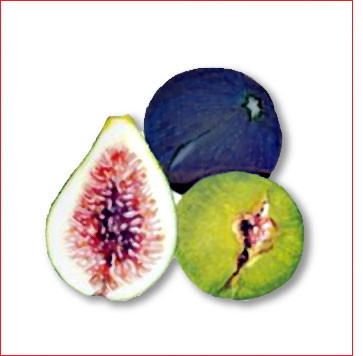
Figs used to be grown in the Mediterranean and surroundings, today it is possible to find figs in all hot climates. Fig resembles a pear with its shape; however it has a soft peel. Inside the peel there is the fruit itself and the seeds. Figs are picked from the trees both when mature and raw. It is possible to understand a fig’s maturity by its color. Light green ones are raw and dark ones are mature figs.
Figs require special attention because it is a very fragile fruit and it easily rots. Figs are also marketed as dried fruits after being dried under hygienic conditions. As a conclusion figs can be consumed both dried and fresh.

Grape
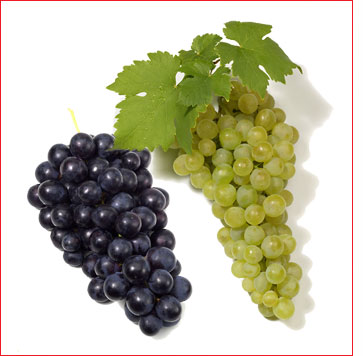
Homeland of grapes is known to be central Asia. However today, the grape-vines are spread almost all over the world. The grapes grow in bunches on about 1mt tall grape-vine branches. There are small and big grapes with many colors such as; red, black, green and yellow. There are also seeded and seedless types and the grapes are highly demanded in all markets throughout the world. It is possible to find grapes in markets 365 days a year. In summer months they are grown in European countries (especially in Italy) and in winter they are grown in overseas countries like; Chile, Brazil, Argentina, South Africa, Australia, India and Namibia. The most frequently consumed grape type is Sultana (seedless) and there are also dried grapes (raisins) in the markets.
���
Grapefruit���
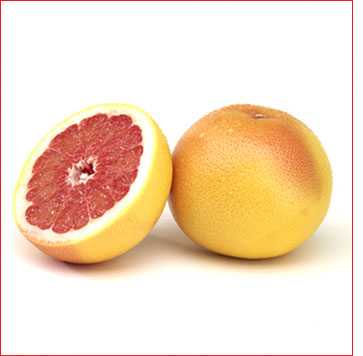
Grapefruit is known to be a mixture of orange and pommel and it belongs to the citrus fruits family. It is a big and round fruit with a thick peel. Grapefruit tastes sour and bitter and it resembles orange. The most popular types of grapefruit are; Star Ruby, Ruby Red is grown in Turkey..
Grenadine
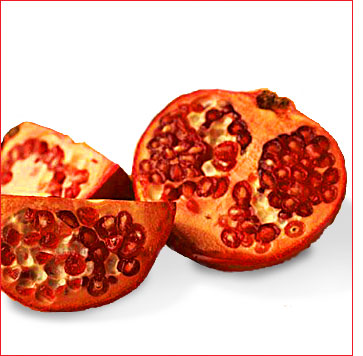
������
Grenadines grow in hot climates like Iran, Spain, Italy, Turkey and Afghanistan. This fruit has a size of an apple but it has a rough peel. It has a mixed color of light yellow and red. Inside it has blocks of transparent red seeds and it is usually sweet but it is possible to find sour grenadines in the markets.

���Kaki/Date
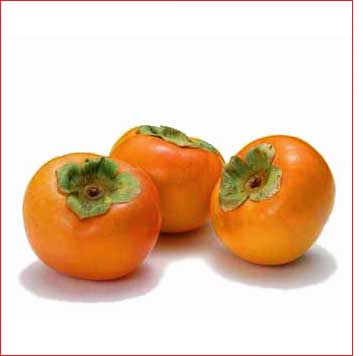
���This is an orange colored, soft peeled fruit coming to Europe from Far East. It has the size of a tomato and it is brought to Germany from Italy, Spain and Brazil. It should only be eaten after it becomes mature otherwise it gives your mouth an acrid taste, and this makes it difficult to eat this fruit. As an alternative to this, there is Kaki types named as Persimmon brought from Spain.
There is no need to wait for these types to get mature because it can easily be eaten as an apple.
Kiwi

���
Kiwi’s homeland is known as New Zealand however actually it was first grown in China and its real name is Chinese gooseberry. This fruit is grown in many European countries but the most appropriate country for Kiwi cultivation is New Zealand due to the climate and the soil. It has an oval and round shape with a rough and feathery. Inside it has seeds and it is green with a sweet and sour taste.

Lemmon���
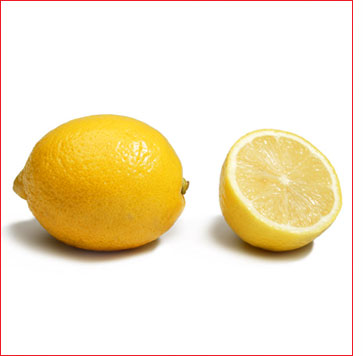
���
Lemmon was first seen in South China and Himalayas. Lemons grow in warm climates. Today the lemons we consume mostly come from Mediterranean. They are picked from the trees when they are green and stored like this. The maturation process begins at this time and it turns into yellow, which is a sign that it has become mature

Mango

It is the most familiar fruit among the tropical fruits. Mangos are grown in almost all tropical regions. (For example; Pakistan, India, Africa, Latin America). Mango’s homeland is South East Asia. It resembles a kidney with its shape and has a rough peel like leather with a green or bright red. Inside it is yellow and has a long and thin seed stuck to it. Mature mangos have a great taste and scent.
���
Melon���
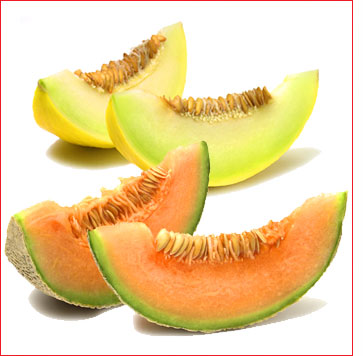
Melons are actually categorized as vegetables. However this is not conceived this way by the consumers. Melons grown in hot climates can be found in different colors and forms: Yellow, Green Galiya, Piel de Sapo, Cesme.
These fruits are about 4kg. and they are round. There are also oval and long ones. It has a thick peel and inside it is usually orange or white colored.
���
Nectarine (Featherless Peach)
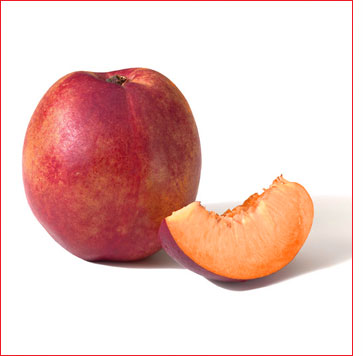
The formation of nectarine is still a polemic. Some argue that it is a mixture of peach and plum and some argue that it is a type of peach. This featherless, hard, thin and sweet fruit can be found in the markets.
���
Peach
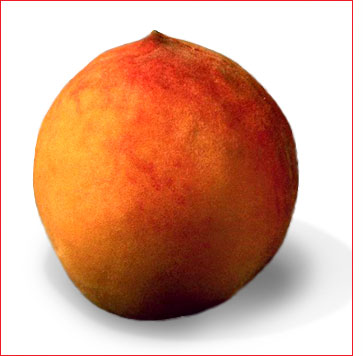
Peaches are thin peeled and feathery. Inside they are yellow or white and it is usually very sweet. The seed of the peach can easily come off. The season of the peaches is between May and October. It is one of the fragile fruits that is why it should not be stored for more than 2 weeks.���
���Pear
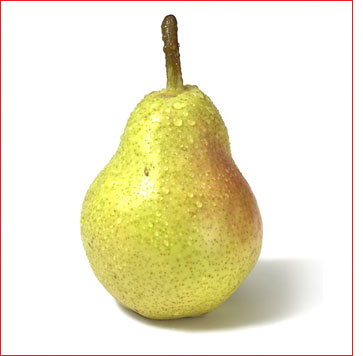
Pears are usually grown in warm climates. Homeland for pears is known as Caucasus and Asia. It is a round and long fruit. There are currently 2,500 different types of pears. The most common types in the markets are; Conference (Belgium, Holland), Abate (Italy, Chile, Argentina), Williams Christ, Forelle (Italy and South Africa), and Nashi (China).
The harvest of the pears is the time between August and October. Under the contemporary production conditions, pear can be consumed all 12 months of the year.���
Pineapple
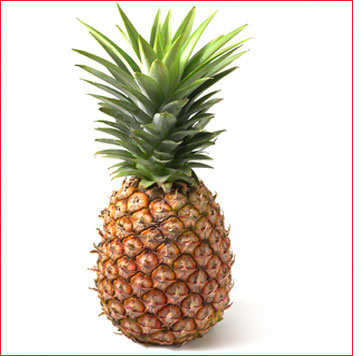
The actual homeland of Pineapple are Latin American countries such as; Brazil, Argentina and Paraguay. Today pineapple is grown in almost all tropical regions. We used to see canned pineapple in supermarket shelves before however; today we know many types of pineapple in Europe. Pineapples are brought to here through ships when they are raw and they are sent back after they become green. Mature pineapples are sent to Europe through cargo and the products that are sent through cargo rather than ships are more expensive. Mature pineapples have a unique, nice and aromatic scent.������
Plum
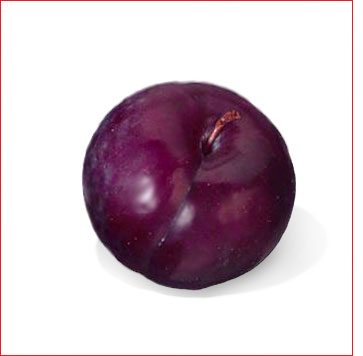
���Plum was first seen in Asia and then it was spread to Mediterranean. Plums, which are in the markets for the whole year are cultivated in Mediterranean and surroundings in summer and in winter they are cultivated in overseas countries such as South Africa, Chile, Argentina. This fruit is grown in almost everywhere in the world. There are small and big plums with the colors; red, yellow, black, green.
Renecloden: Used in jams and in food. Damson Plum: Used in food, jam and cake
Orange���

Oranges are also from the citrus fruits family and they were first grown in China 3000 years ago. Oranges like hot climates and they are the most frequent fruits on earth. It has an orange color and they have both rough peel and soft peel types. Soft ones are suitable for juice making. There are small, big, round, oval and flat oranges in the markets. Oranges have 6 to 12 slices inside them and they are usually, juicy and sweet but there are also sour oranges.

Strawberry���
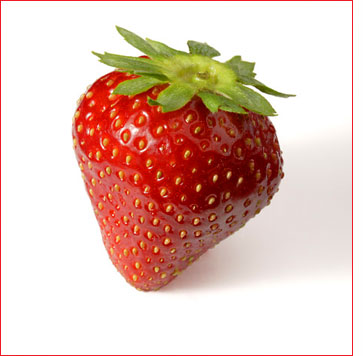
Strawberries used to be grown in hot and mountainous regions. Bilberry strawberries are grown in almost everywhere in the world. Strawberries require special attention in every type of weather, otherwise they may be harmed. It is possible to differ strawberries according to their color, size, and taste. Italy and Spain are the leading countries of the sector in strawberry cultivation. First strawberries of the year arrive at the markets in February.
���
Tangerine������
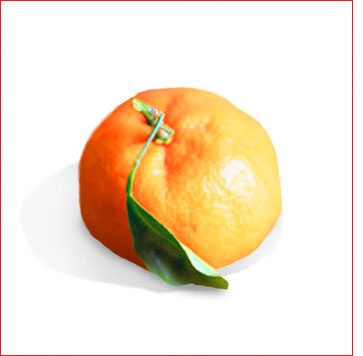
������
(Satsuma, Clementine, Fortuna)
We can categorize tangerines as; Satsuma, Clementine and mandarin. Tangerines are from the family of citrus fruits and they are small, flat, seedless, juicy and sweet. Clementine are grown in hot climates in the Mediterranean countries like; Spain, Italy and Turkey. The harvest of the tangerines is November and they can be found in the markets between November and February. The first type of tangerines in markets is Satsuma, which are seeded, round and quite sour.

Watermelon���
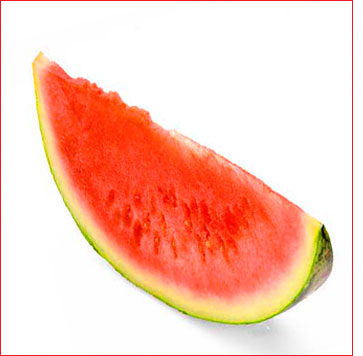
Watermelon is a type of fruit with many forms; small, big, long and round. It is a red fruit and very sweet. It is possible to find yellow watermelons, however there is not much demand fort he yellow ones. There are seeded watermelons and watermelons without seeds. The ones without seeds are usually brought from Spain.
In hot summer months, watermelons are highly consumed because they quench thirst. It is grown in hot climates. In Europe; Spain, Italy, Greece and Turkey are the main cultivators of watermelon and in winter watermelons are brought from Latin and Central America (Honduras, Costa Rica, and Brazil).���
���

























